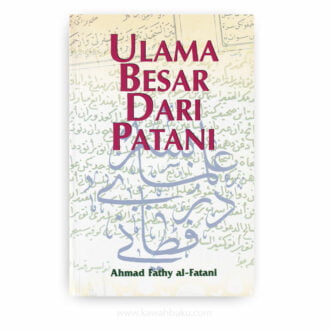Buddhism Transformed: Religious Change in Sri Lanka describes and analyzes the changes that have profoundly altered the character of Sinhala religion in both areas which are salvation and worldly welfare. As the Sinhalas themselves perceive it, Buddhism proper has always shared the religious arena with a spirit religion. While Buddhism concerns salvation, the spirit religion focuses on worldly welfare.
The central concern of Buddhism Transformed is the religion of the bourgeoisie and the proletariat. The first part of the book examines Sinhalese spirit religion, especially as practiced in and around Colombo. The gods traditionally grant favors in this life but are irrelevant for salvation; their worship is seen as separate from Buddhism, but compatible with it. The authors examine the important changes that have taken place within spirit religion since Independence.
Some of these, including the rise and fall of gods within the divine hierarchy, are not new, although the pace of change may now be quicker. But other changes, including the formation of cult groups whose members adopt a particular god as their personal diety, represent a break with the past. Devotees expect not only immediate benefits but constant guidance, consolation, and love.
Gombrich and Obeyesekere then examine Buddhism proper. Their starting point is the Buddhist revival of the British period, when the middle class invented a “Protestant Buddhism” that emphasized rationality and texts at the expense of rural folk traditions. Contemporary developments within this middle-class Buddhism include a rapid increase in the popularity of lay meditation, the invention of a Buddhist marriage ceremony that is influenced by the Christian model, and the rise of Sarvōdaya, an organization that puts forward a development model based on Buddhist values.
The authors also discuss the revival of nunneries, and examine the ideas of several Buddhist leaders, some of whom hold unconventional views that demonstrate the extent to which the Sangha (monastic order) no longer monopolizes religious authority.
The final section describes recent developments that may signal a synthesis between Buddhism and the spirit religion, and possibly transform Sri Lanka’s Theravada Buddhist tradition. These changes include a ritual called bōdhi pūjā, in which the bo tree is worshipped for particular ends. Also important is the Sinhalese-Buddhist appropriation of the pilgrimage site of Kataragama, where spirit religion has influenced Buddhism.
In their conclusion, Gombrich and Obeyesekere argue that the experience of India suggests that “once bhakti religiosity and black magic have permeated Sinhala culture, it may prove hard to dislodge them”. On the other hand, they observe that the rise of devotionalism in India did not destroy the core values of the Brahmanic religious tradition, and that Buddhism may prove to be similarly resilient. As a result, they are able to end their sometimes disturbing book on an optimistic note.
The arguments made in Buddhism Transformed are generally persuasive, in part because the authors have exercised caution and eschewed elaborate theorizing. Since the “ethnographic present” of the volume is the 1970s and early 1980s, religious changes brought about by the tragic violence of the 1980s are not documented. Buddhism Transformed: Religious Change in Sri Lanka, however, will serve as the starting point for any such investigation











Reviews
There are no reviews yet